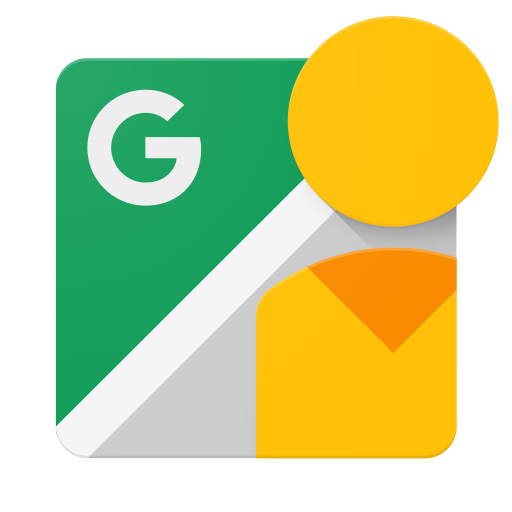Page Summary
-
All requests to the Google Street View Publish API require authentication using the Google account of the user uploading imagery.
-
Applications must utilize OAuth 2.0 for authorization, obtaining an access token through a consent screen where users grant access.
-
When registering your application with Google API Console, you receive a client ID and client secret, which, alongside the necessary scope information, are used during the authorization process.
-
The Google Street View Publish API offers read/write access through the scope
https://www.googleapis.com/auth/streetviewpublish. -
Google's client libraries, available for various programming languages, can simplify parts of the authorization process.
All requests to the Google Street View Publish API must be authenticated. When new imagery is uploaded, it will be attributed to the Google account of the authenticated user.
Every request your application sends to the Google Street View Publish API must include an authorization token. The token also identifies your application to Google.
About authorization protocols
Your application must use OAuth 2.0 to authorize requests. No other authorization protocols are supported. If your application uses Sign In With Google, some aspects of authorization are handled for you.
Authorizing requests with OAuth 2.0
All requests to the Google Street View Publish API must be authorized by an authenticated user.
The details of the authorization process, or "flow," for OAuth 2.0 vary somewhat depending on what kind of application you're writing. The following general process applies to all application types:
- When you create your application, you register it using the Google API Console. Google then provides information you'll need later, such as a client ID and a client secret.
- Activate the Google Street View Publish API in the Google API Console. (If the API isn't listed in the API Console, then skip this step.)
- When your application needs access to user data, it asks Google for a particular scope of access.
- Google displays a consent screen to the user, asking them to authorize your application to request some of their data.
- If the user approves, then Google gives your application a short-lived access token.
- Your application requests user data, attaching the access token to the request.
- If Google determines that your request and the token are valid, it returns the requested data.
Some flows include additional steps, such as using refresh tokens to acquire new access tokens. For detailed information about flows for various types of applications, see Google's OAuth 2.0 documentation.
Here's the OAuth 2.0 scope information for the Google Street View Publish API:
| Scope | Meaning |
|---|---|
https://www.googleapis.com/auth/streetviewpublish |
Read/write access. |
To request access using OAuth 2.0, your application needs the scope information, as well as information that Google supplies when you register your application (such as the client ID and the client secret).
Tip: The Google APIs client libraries can handle some of the authorization process for you. They are available for a variety of programming languages; check the page with libraries and samples for more details.
